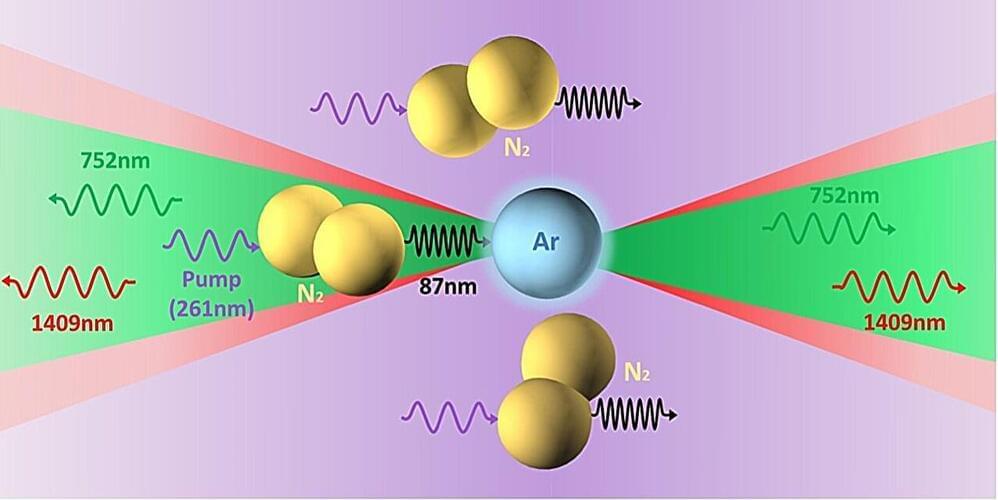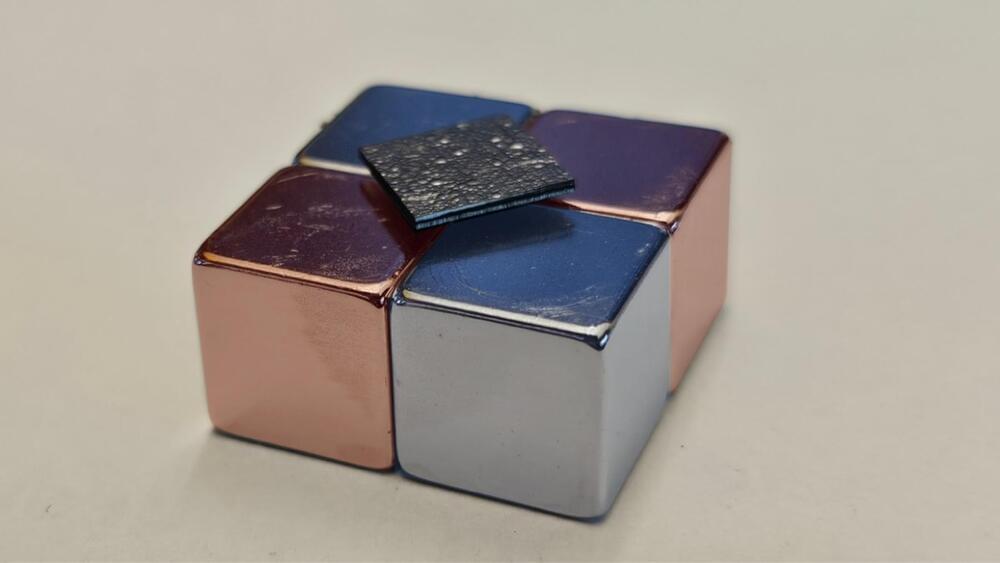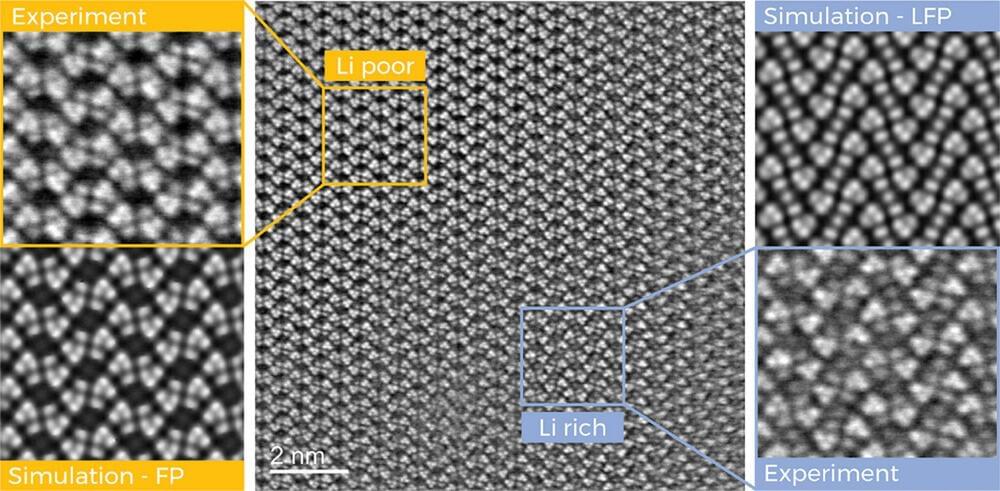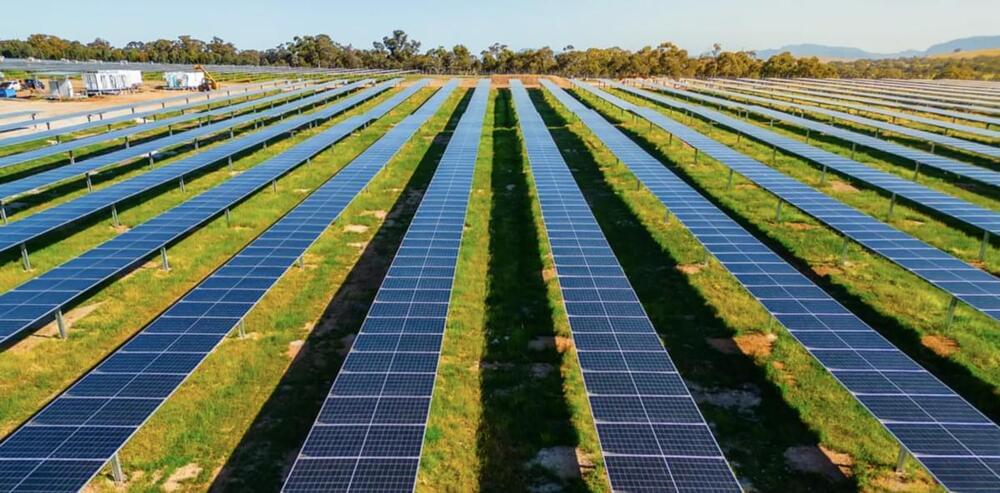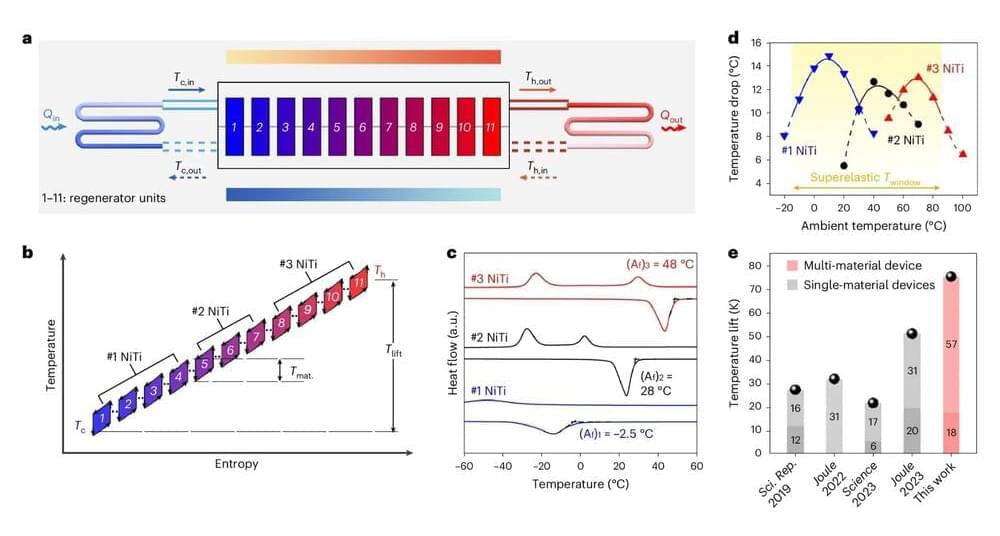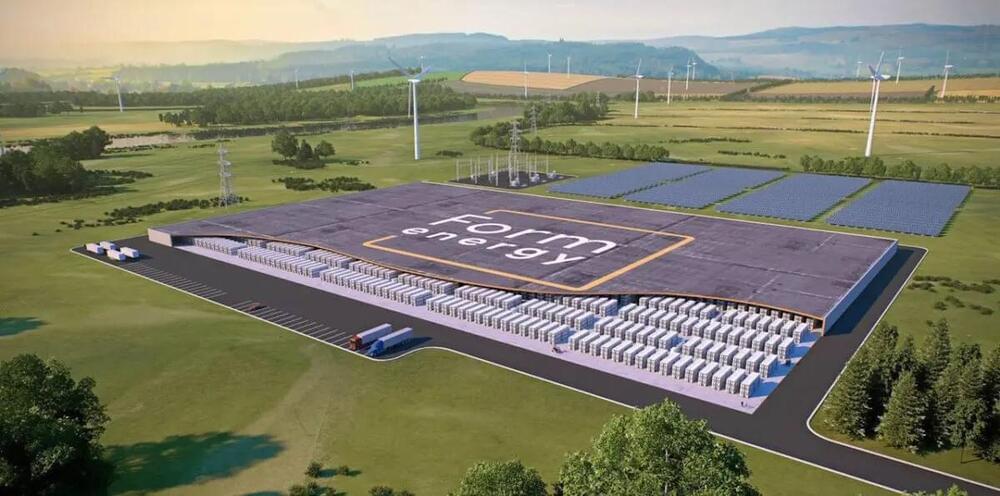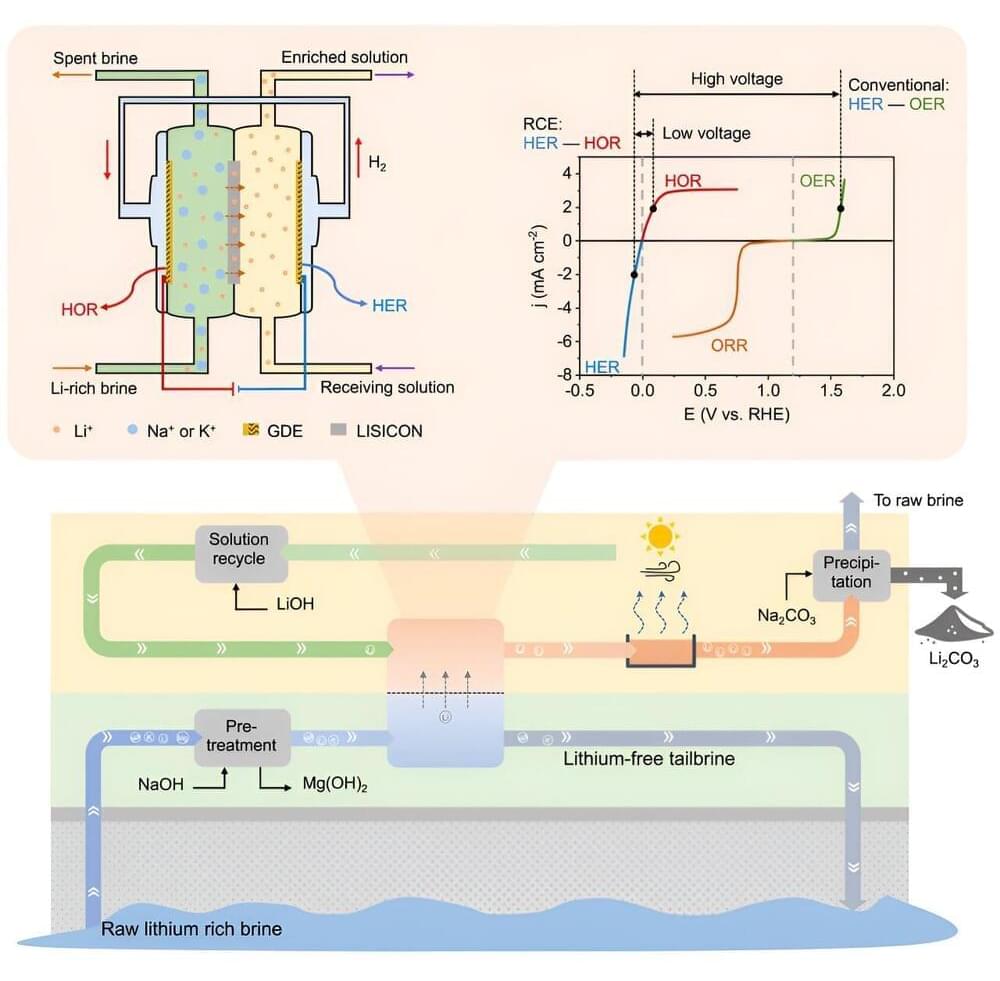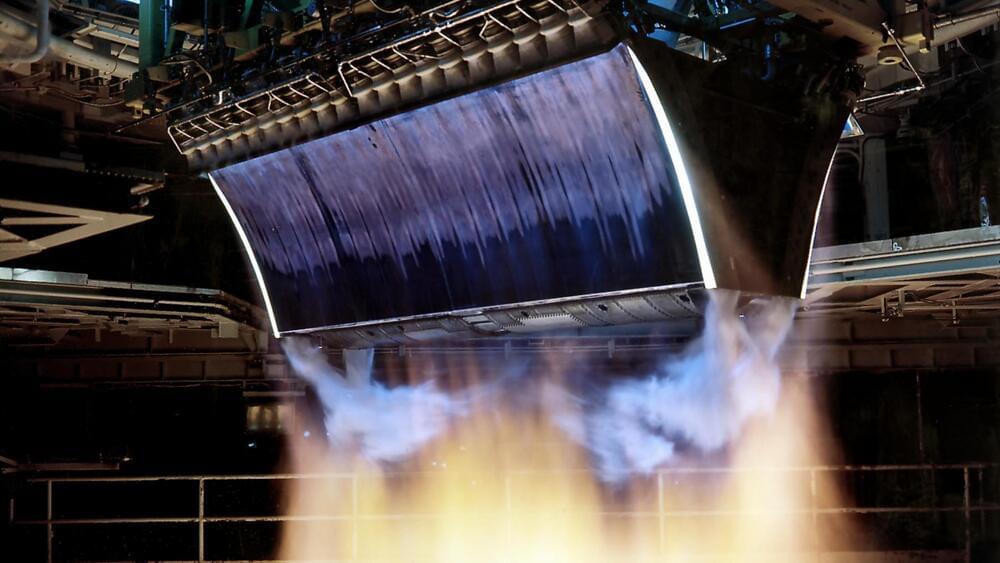A New Zealand-based startup has developed a method of safely and wirelessly transmitting electric power across long distances without the use of copper wire, and is working on implementing it with the country’s second-largest power distributor.
The dream of wireless power transmission is far from new; everyone’s favorite electrical genius Nikola Tesla once proved he could power light bulbs from more than two miles away with a 140-foot Tesla coil in the 1890s – never mind that in doing so he burned out the dynamo at the local powerplant and plunged the entire town of Colorado Springs into blackout.
Tesla’s dream was to place enormous towers all over the world that could transmit power wirelessly to any point on the globe, powering homes, businesses, industries and even giant electric ships on the ocean. Investor J.P. Morgan famously killed the idea with a single question: “where can I put the meter?”

